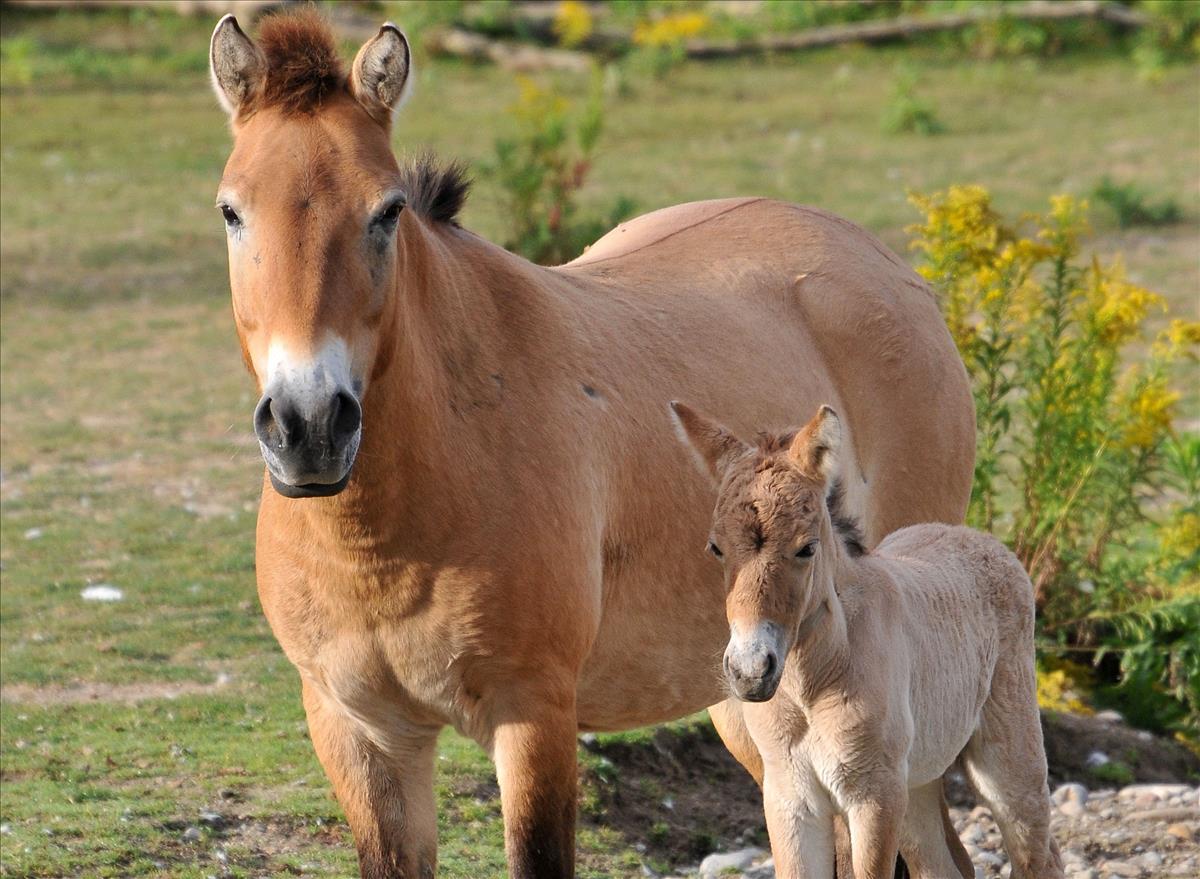Alerts
Please be advised that our bird aviaries are open!
Your Toronto Zoo is committed to the health and safety of the animals in our care. We take proactive steps to protect our birds from Avian Influenza which has been confirmed in a wild bird in southern Ontario, and some birds may still be off display.
Please note Splash Island is still closed and will not open until July due to unforeseen delays in construction. Please watch for updates on https://www.torontozoo.com/tz/splash or on our social media pages. Thank you!
Please note the following animals are currently not on display due to various reasons including Avian Bird Flu, and Covid-19 sensitivity:
- Flamingo, peacock, owl, bald eagle, and aviaries
- Some Kids Zoo Animals
- Cougar
- Moose
- Kangaroo walk through (kangaroos are still visible)
- Axolotl
We apologize for the inconvenience!


Mammal
Location at the Zoo:
Eurasia
Region: Central Asia
Przewalski's horse
The head is large with a long face and muzzle. The neck is short and stumpy. The eyes are located far from the nostrils near the ears.Length of body: 220 - 260 cm
Length of tail 80 - 110 cm
Height at shoulder: 130 - 135 cm
Weight: 200 - 300 kg
Conservation Status: IUCN
